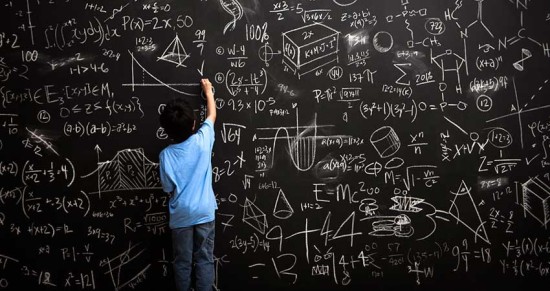Bringing Math Alive with Virtual Manipulatives – Surface Area of Prisms
There’s only so much you can do with a cardboard box. But, technology can ease and enhance the delivery of meaningful math lessons such as the one my colleague, Mrs. A, is planning for her’s 8th grade students on finding the surface area of rectangular prisms.
Last week Mrs. A. shared with me her idea of using realia such as cereal boxes or soda can cases to unwrap, or break apart, in order to show students what would be considered the net of the prism shaped object. A worthy idea and one I’d recommend using.
We then talked about how these unwrapped prisms could be used to derive the formula for finding the surface area.
• Take the unwrapped box and place it on large graph paper.
• Trace the unwrapped box, including the creases, onto the large graph paper (this gives you the net of the box).
• With each square measuring one unit, count the area for each section (there should be six) of the unwrapped box.
• Add the areas together to determine what would be considered the surface area.
Our discussion continued with a walk-through of what to consider and where things could go wrong (I have taught a similar lesson and know first hand what to avoid doing!). Basically, it came down to this: unwrapping the boxes is great; however, when unwrapped, the faces of the prisms do not all have straight edges! There are little flaps that are used in order to glue all the sides together. And this can cause a few problems in the overall lesson design when it is used as one of the first lessons in studying the formula.
Like I said, there’s only so much you can do with a cardboard box!
Consider what an extension of this lesson would be. What if Mrs. A wanted to show the students what would happen to the surface area if she doubled the height of her’s cereal box? Or what if she wanted the same cereal box to have a base area half that of the original? Can there be two cereal boxes with the same surface area but different base areas?
Virtual manipulatives are available for students (and teachers) to quickly make changes to the variables (height, length, incline, base area, etc.) of geometric objects and observe the results. Shodor Interactive and Explore Learning’s Gizmos both offer stand-alone virtual manipulatives that provide an opportunity for changing the dimensions of 3-D objects and showing how those changes affect the surface area and/or volume.
Adaptive Curriculum uses what can be called dynamic modeling in a series of flashed-based Activity Objects for surface area and volume of prisms, pyramids, cylinders, and cones.
Each of these Activity Objects provides excellent visuals, explanations, and exploration of dynamic modeling as it relates to surface area and volume. By working with these Activity Objects, students can stay engaged and focused on the math and the relationships that are formed as the variables change for each 3-D object. These Activity Objects are a perfect complement to any lesson and are worth the time to be used in the classroom!


